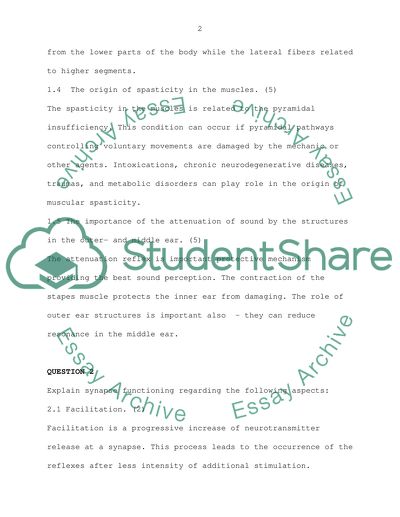Cite this document
(“Physiology Essay Example | Topics and Well Written Essays - 3500 words”, n.d.)
Physiology Essay Example | Topics and Well Written Essays - 3500 words. Retrieved from https://studentshare.org/science/1532864-physiology
Physiology Essay Example | Topics and Well Written Essays - 3500 words. Retrieved from https://studentshare.org/science/1532864-physiology
(Physiology Essay Example | Topics and Well Written Essays - 3500 Words)
Physiology Essay Example | Topics and Well Written Essays - 3500 Words. https://studentshare.org/science/1532864-physiology.
Physiology Essay Example | Topics and Well Written Essays - 3500 Words. https://studentshare.org/science/1532864-physiology.
“Physiology Essay Example | Topics and Well Written Essays - 3500 Words”, n.d. https://studentshare.org/science/1532864-physiology.


